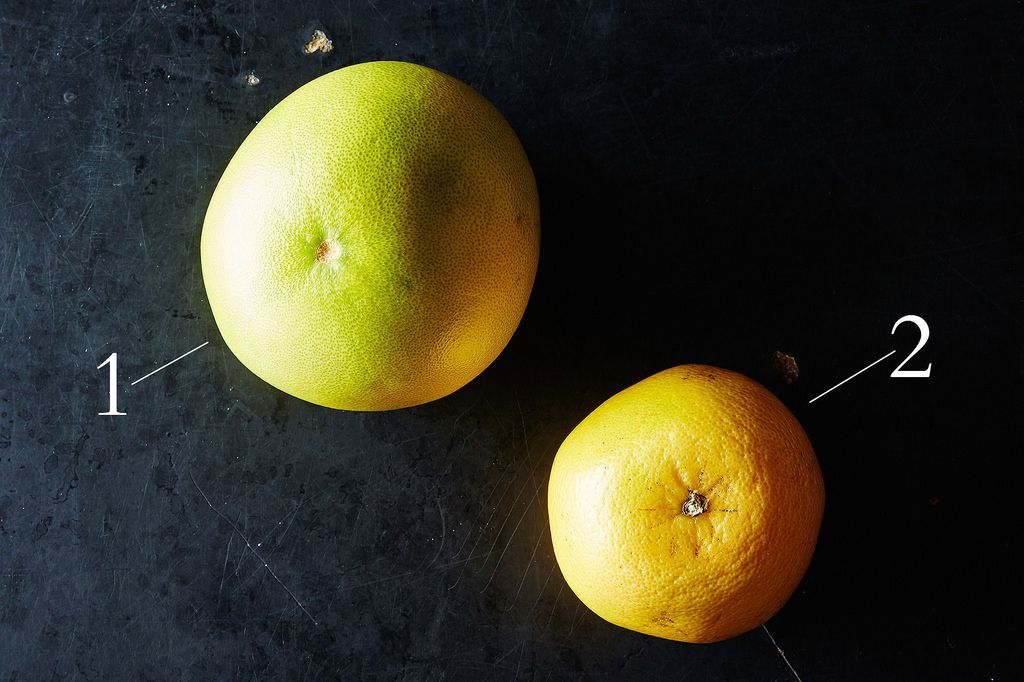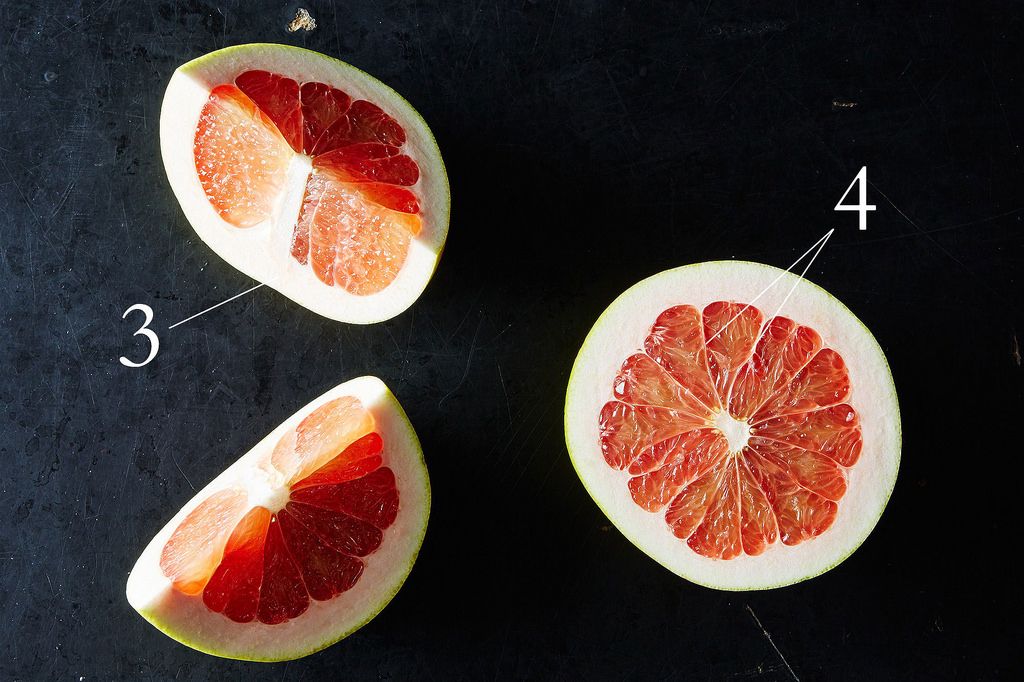Popular on Food52
11 Comments
Kim A.
February 22, 2015
We just eat it plain. We peel, take away the white thick part under the skin, and break into segments. Peel the outer membrane off and eat only the flesh inside. Nothing extra, no salt, nothing delicious! Do not eat the membrane of the individual segment it is utterly bitter.
Bet the segments would be great broiled and served with caramel.
Bet the segments would be great broiled and served with caramel.
Karissa T.
January 29, 2015
i grew up in China and Thailand, and Chinese pomelos have white/pale yellow-green flesh and are much drier. do you know anything about that variety? i like the pink ones that I find here in the States too, but prefer the Chinese kind.
Lindsay-Jean H.
January 30, 2015
The pomelos I've found have been drier and lighter in flesh color -- but I haven't seen them labeled by variety to know what I'm getting ahead of time before I cut them open. Unfortunately I think you'll find that to be the case most everywhere in the States (unless you live in California or Florida, where you might have a better shot), so I would try heading to your nearest Asian market. Or you might be able to order different varieties online, too.
gabsimonelouise
January 24, 2015
Pomelos were the best on-the-go fruit when I was in Thailand last week! They like to sprinkle sugar and a little chile powder on top. Very refreshing snack.
boulangere
January 24, 2015
I'd forgotten about this recipe until I saw your mention of pomelos. And I've got some ahi steaks in the freezer. https://food52.com/recipes/15809-seared-ahi-with-pomelo-salad
JoAnne L.
January 24, 2015
I eat them, plain, after peeling and sectioning. It's the best dessert, snack, breakfast, light lunch ever! My dear friend, Kathy, who is originally from Vietnam serves them in chunks over Jasmine rice with a simple warm soy sauce dressing- fantastic! I can't get enough Pommelos!
Lindsay-Jean H.
January 25, 2015
Do you know what else went into her soy sauce dressing? I think I need to try that!
Pert
January 24, 2015
We just peel the outer layer along with the inner thin white skin and after sectioning the fruit sprinkle a little salt and toss it with some green chilis and chopped cilantro. Makes for a very refreshing salad.




See what other Food52 readers are saying.